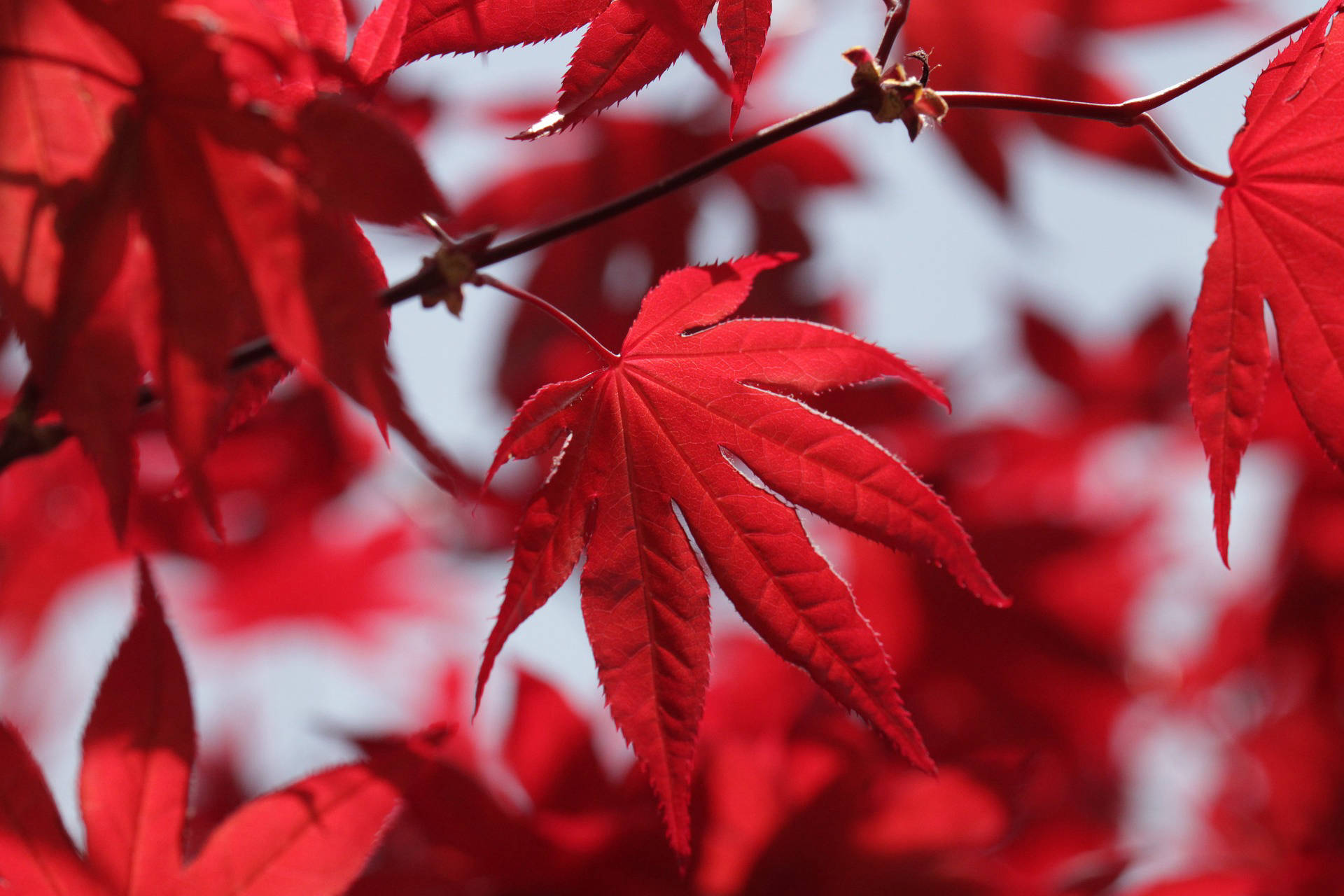Poorly maintained trees can be a significant liability. Pruning or removing trees, especially large trees, can be dangerous work. Tree work should be done only by those trained and equipped to work safely in trees.
Pruning
An arborist can determine the type of pruning necessary to maintain or improve the health, appearance, and safety of trees.
These techniques include:
• eliminating branches that rub each other
• removing limbs that interfere with wires, building facades, gutters, roofs, chimneys, or windows, or that obstruct streets or sidewalks
• removing dead or weak limbs that pose a hazard or may lead to decay
• removing diseased or insect-infested limbs
• creating better structure to lessen wind resistance and reduce the potential for storm damage
training young trees
• removing limbs damaged by adverse weather conditions
• removing branches, or thinning, to increase light penetration
• improving the shape or silhouette of the tree
Removal
Although tree removal is a last resort, there are circumstances when it is necessary. An arborist can help decide whether a tree should be removed. Arborists have the skills and equipment to safely and efficiently remove trees. Removal is recommended when the tree:
• is dead or dying
• is considered irreparably hazardous
• is causing an obstruction that is impossible to correct through pruning
• is crowding and causing harm to other trees
• is to be replaced by a more suitable specimen
• is located in an area where new construction requires removal
Emergency Tree Care
Storms may cause limbs or entire trees to fall, often landing on other trees, homes and other structures, or cars. The weight of storm-damaged trees is great, and they can be dangerous to remove or trim. An arborist can assist in performing the job in a safe manner, while reducing further risk of damage to property.
Planting
Some arborists plant trees, and most can recommend types of trees that are appropriate for a specific location. The wrong tree in the wrong location could lead to future problems as a result of limited growing space, insects, diseases, or poor growth.
Other Services
Many arborists also provide a variety of other tree care services, including:
• Plant Health Care, a concept of preventive maintenance to keep trees in good health, which will help the tree better defend itself against insects, disease, and site problems
• fertilization
• cabling or bracing for added support to branches with weak attachment
• aeration to improve root growth
• installation of lightning protection systems
• spraying or injecting to control certain
